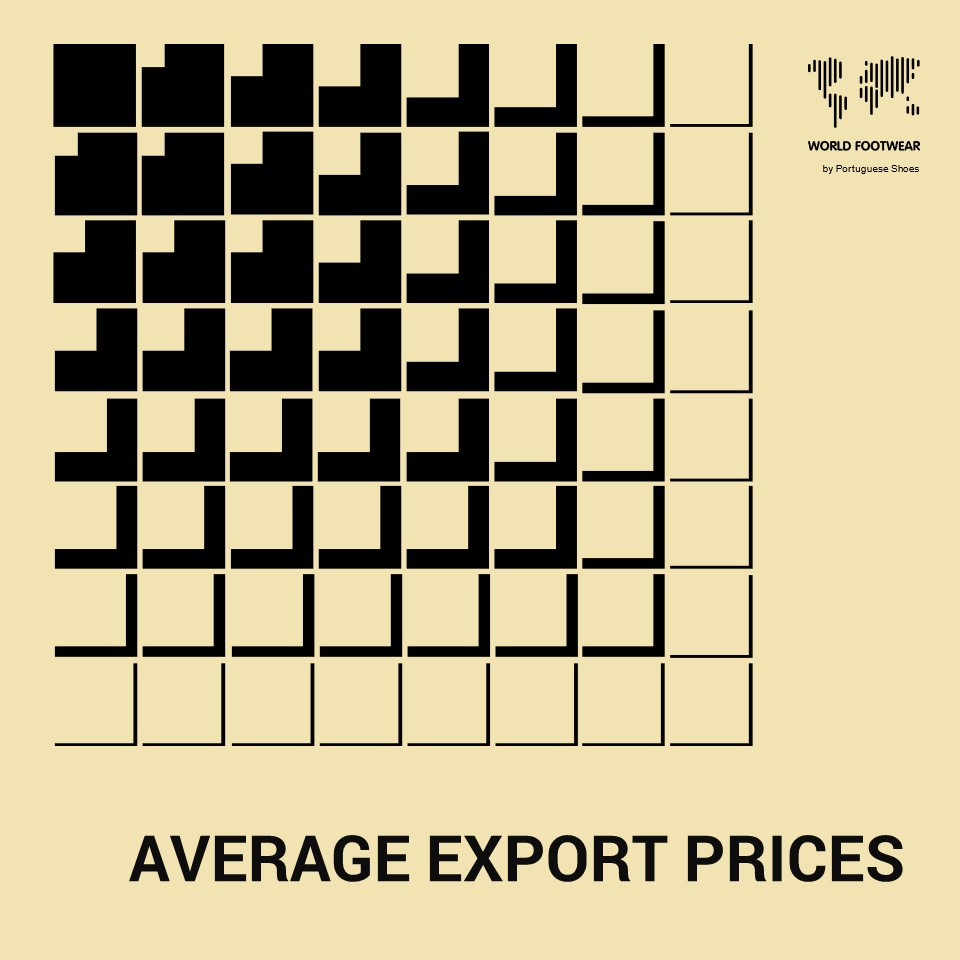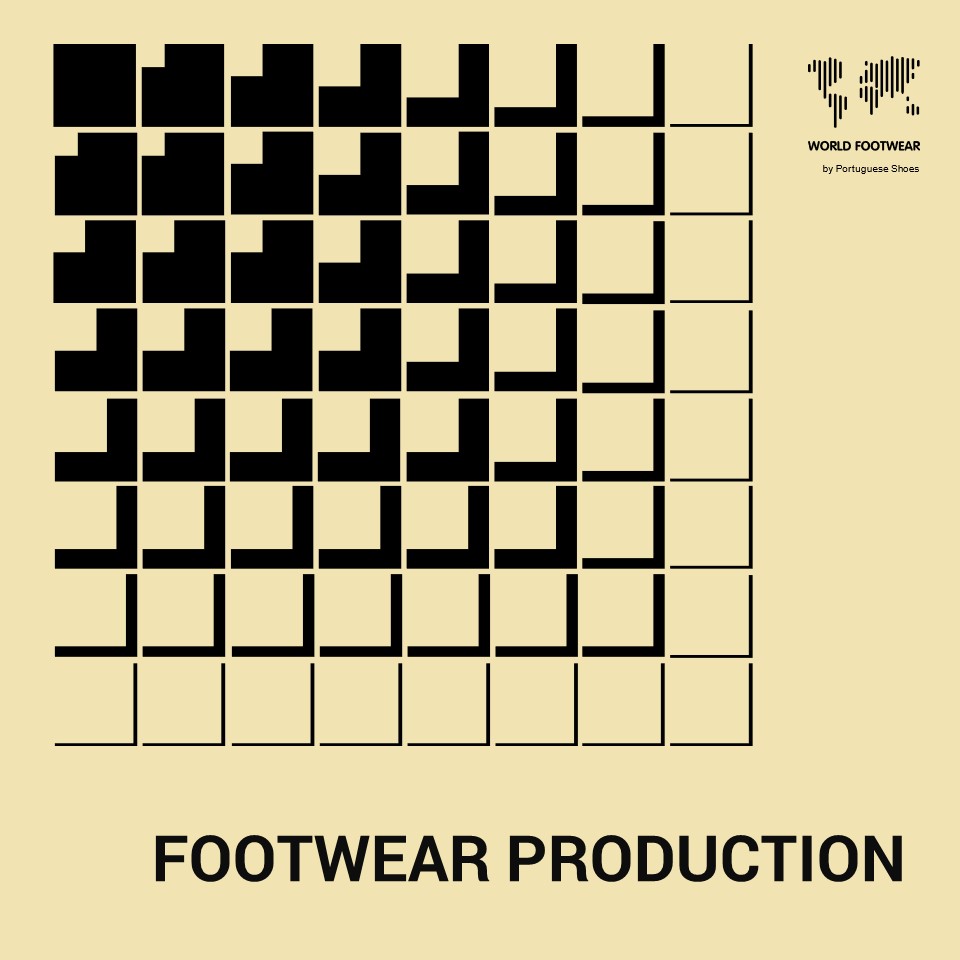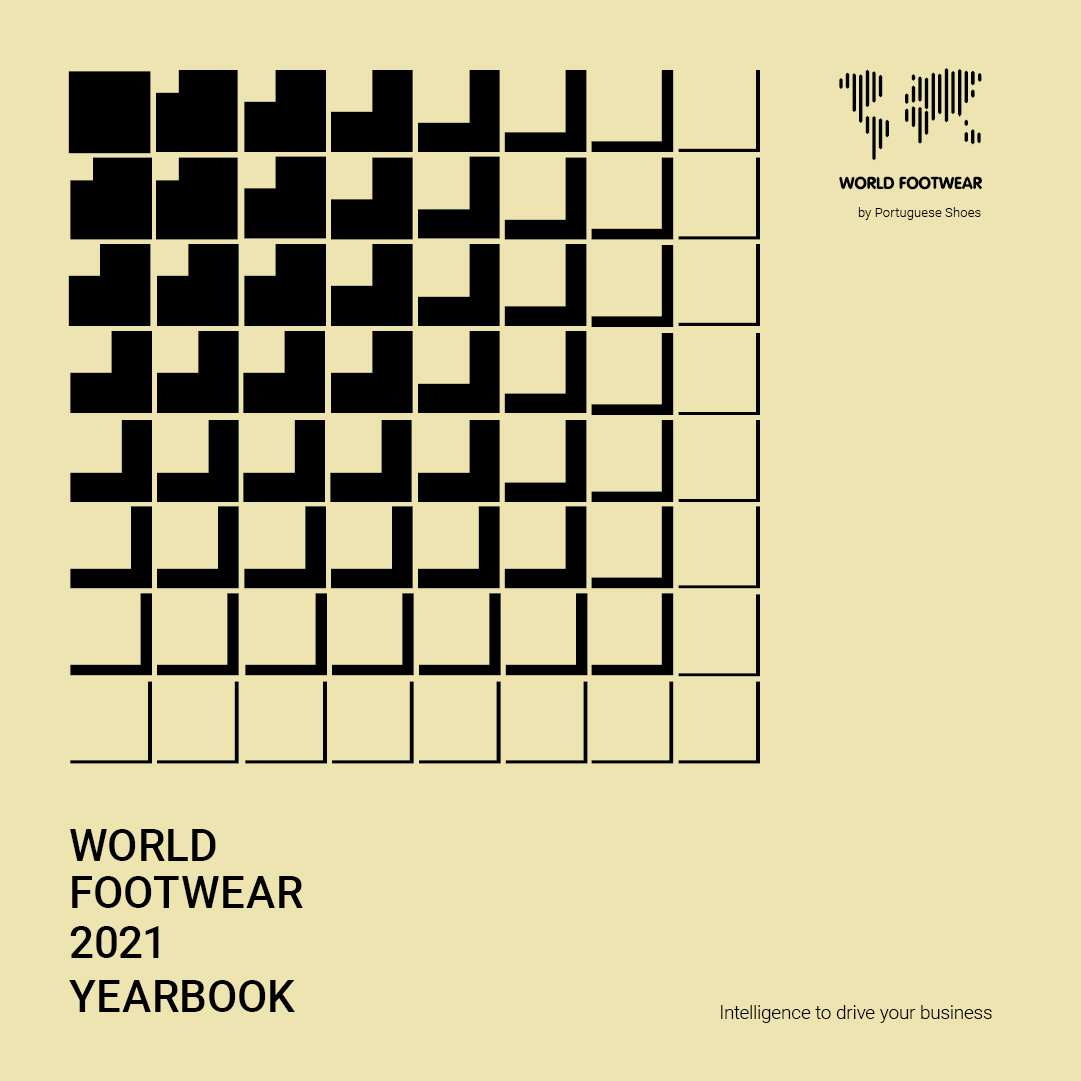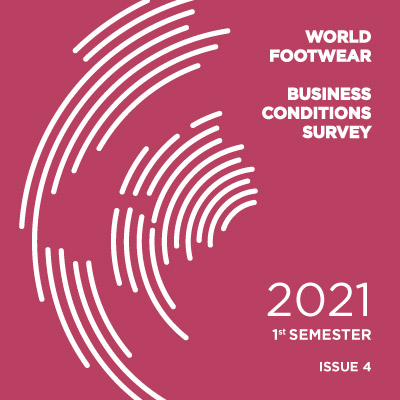Register to continue reading for free
Average export price of footwear grows by 57% in a decade

Over the last decade, the average worldwide export price of footwear grew significantly and registered a record value of 10.37 US dollars in 2020. This is the highest value ever registered and represents growth of 56.7% compared to 2010 (when the average price was only 6.61 US dollars). Such variance points to an average annual growth in the footwear sector of 4.6% throughout this decade, while the general inflation of the economy was only 1.66%. Footwear prices grew almost three times more than the average registered for all goods
Going back to the previous decade, the opposite took place between 2000 and 2010. In that period, the average export price of footwear grew by only 1.4% a year when the general inflation of the economy was 2.38%.
So, what explains this trend reversal? Why did footwear prices rise more than the prices of other consumer goods? The reality is that these averages are the result of very different variations registered by different product types and by different countries.
The Role of China
The rise in world average prices in the 2000s is largely explained by the rise of Asian exports, and, in particular, those of China. The Asian giant closed the first decade of the new millennium in a growing mode and representing almost 3/4 of world exports (73.4% in pairs). China's average price has always been the lowest in the world and in 2010 the country exported shoes with an average price of 3.39 US dollars, which was less than 1/4 of the average price of other competitors. In fact, only the growth of China allowed the containment of prices in a decade in which the quantity of shoes traded almost doubled, going from 7 to 13 billion pairs.The Last Decade
In the last decade everything was reversed. On the one hand, China started a process of growing prices: average Chinese prices grew by 41% over the last 10 years, from 3.39 US dollars in 2010 to 4.79 Us dollars in 2020.
Although average Chinese prices are still amongst the lowest in the world, alternative locations are emerging for the production of some types of footwear in a more competitive way.
In parallel, China started to lose weight in the world scenario: in 10 years the country has lost 17% of its exports share in the global world market, going from a quota of 73.4% in 2010 to only 61.1% last year. Extraordinarily a part of this quota went to Europe, which managed to consolidate its share in worldwide exports from 11% to 15%, in a decade.
Product Types
Footwear with textile uppers is responsible for explaining 80% of the global growth of the average worldwide export price. In the last decade, this type of footwear managed to gain an important market share (from 18.5% to 29.8%) as well as significantly increase its prices by 72.2% (from 6.5 US dollars to 11.20 US dollars.
Also, ten years ago, textile footwear was mainly a category made of slippers and in a decade several textile materials emerged, which are now used in outdoor footwear and even on traditional sneakers. At the same time, in this period, we witness a growing importance of knitted uppers, which is no longer a very specific segment and is now heavily present in many collections of the world's major brands.
All these facts and numbers and more can be found on the World Footwear Yearbook. Find more information clicking HERE.







